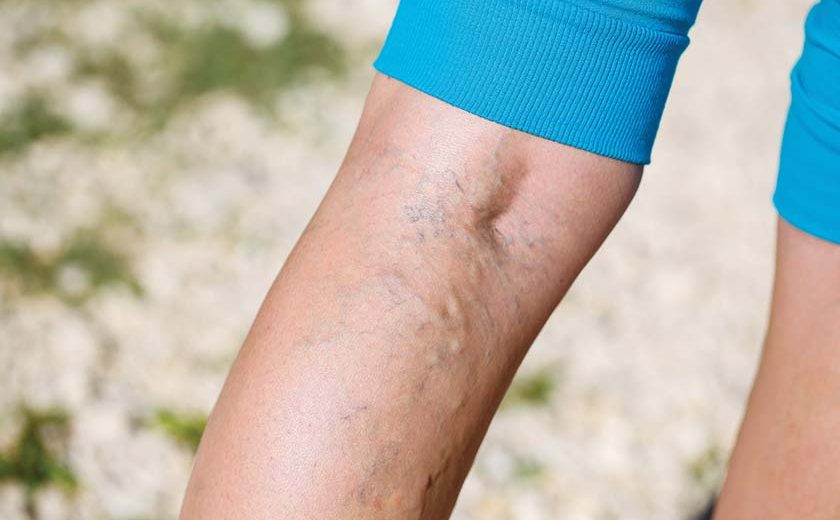Some say that ladies would kill for beauty. While most of them are not as extreme, they do go to great lengths to look beautiful.
Whenever you catch a glimpse of the high heels a lady struts in, one can’t help but to wonder at the amount of torture she might be going through. Little do they know – or maybe they do – that in their later years, complications will start appearing – varicose veins.
So, what’s the big deal about varicose veins? Our bodies are full of veins anyway. Sadly, varicose veins are not normal veins as they are twisted and enlarged, often found near the surface of the skin in the legs and ankles. Although they usually aren’t serious, they sometimes lead to other problems. Moreover, they are not a pretty sight to behold, scarring your otherwise perfect legs with lumpy purplish veins.
How do I get varicose veins?
To understand how wearing high heels cause varicose veins, you will need to know the underlying cause of it – weakened valves and veins. Usually, one-way valves in your veins are responsible to keep the blood flowing from your legs toward your heart. So, when these valves are not doing what they should, blood accumulates and pressure builds up in your legs, leading to weak, large and twisted veins.
Using that concept, that is why high heels increase your risk of developing varicose veins. Although there is no scientific explanation to come to that conclusion, doctors believe that high heels do contribute to varicose veins. In high heels or more than 1.5 inches high every day, less calf muscles, which are responsible for emptying and pumping blood, will be used. You can actually experiment this at home by switching to a pair of high heels after wearing lower heels. You will notice that you are using less calf muscle in higher heels.
And then, there is the ladylike pose of sitting cross-legged. Some say that doing this affects the blood circulation in your legs but fortunately, crossing your legs do not cause varicose veins as there is no scientific evidence to prove that.
There are a few things that you should do to prevent or slow down the progression of varicose veins.
Don’ts
- Don’t wear constricting clothing and shoes on a day-to-day basis as these tight-fitting clothing could block the movement of blood up the leg.
- Don’t stand or sit for a long period of time. It is advisable to walk for a bit after every two hours to promote blood circulation in your legs.
- Don’t take in excess salt in your diet to prevent retaining body fluid.
Do’s
- Maintain an ideal body weight as most studies report obesity as a factor leading to the development of varicose veins.
- Elevate legs above your heart level for 10 to 15 minutes, 2 to 3 times a day to allow a smoother blood flow. You can do this by lying down with your legs propped up higher on a pillow.
- Walk as much as you can to keep the blood circulating in your legs. If you cannot walk as much, exercise the calf muscles with repetitive ankle flexion, which is as simple as tapping to music.
- Wear graded compression support stockings when you are awake and remove it when you are off to bed. These stockings work by applying pressure to the leg, from the foot upwards, to decrease the expansion of the vein wall.
- Eat a high fibre diet to prevent constipation as the extra straining you do will add pressure on the veins.


